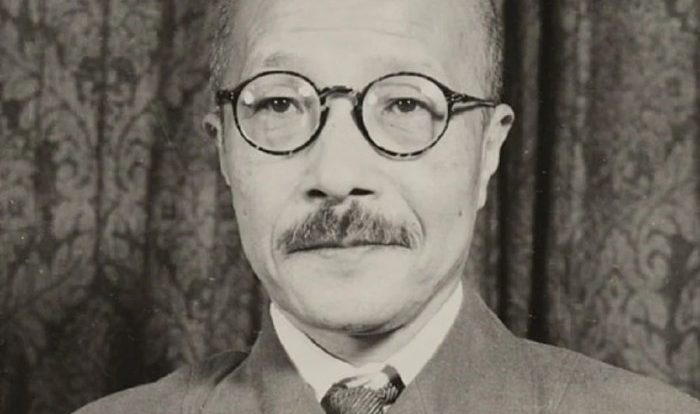Cold War Superpowers Face Off: An Ideological and Military Rivalry. The Cold War, a period of intense tension between the United States and the Soviet Union, was a defining moment in world history. This rivalry shaped global politics, economics, and culture for decades.
The Cold War was not a traditional war with direct military conflict between the two superpowers. Instead, it was a complex struggle fought on multiple fronts, including ideological, political, economic, and technological.
Historical Context
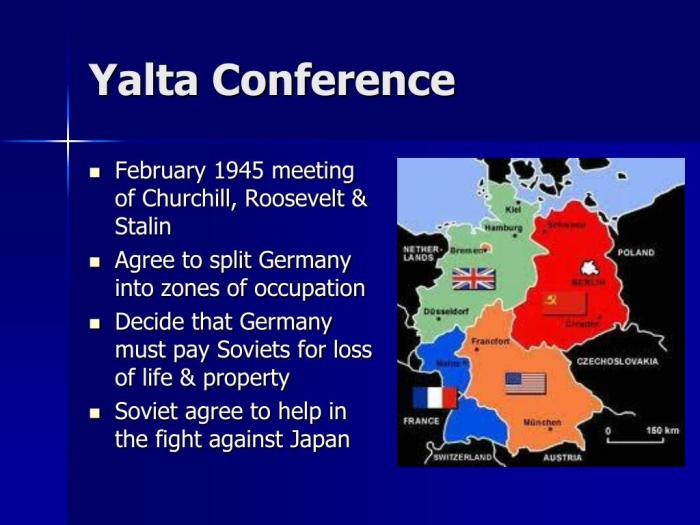
The Cold War, a period of geopolitical tension between the United States and the Soviet Union and their respective allies, emerged in the aftermath of World War II.
The United States, as a capitalist democracy, sought to promote its economic and political system globally, while the Soviet Union, a communist state, aimed to expand its sphere of influence and spread its ideology.
Motivations and Goals of the United States
- Containment of Soviet expansionism
- Promotion of democracy and capitalism
- Maintenance of global economic dominance
- Protection of Western Europe from Soviet influence
Motivations and Goals of the Soviet Union
- Expansion of communist influence
- Countering American capitalism
- Establishment of a global socialist order
- Securing its borders and Eastern European allies
Ideological Differences

The Cold War was fueled by profound ideological differences between capitalism and communism. Capitalism, espoused by the United States and its allies, emphasized private ownership, free markets, and limited government intervention in the economy. Communism, embraced by the Soviet Union and its satellites, advocated for collective ownership, central planning, and a dominant role for the state in all aspects of society.
These contrasting ideologies shaped the conflict between the superpowers in several ways. First, they led to a deep-seated mistrust and suspicion between the two sides. Each superpower saw the other as a threat to its own way of life and values.
Second, the ideological divide made it difficult for the superpowers to find common ground and compromise on issues of international importance. Third, the ideological differences fueled a propaganda war between the two sides, each seeking to portray its own system as superior and the other as inferior.
Capitalism, Cold war superpowers face off
- Private ownership of property and businesses
- Free markets and competition
- Limited government intervention in the economy
- Emphasis on individual freedom and choice
- Belief in the profit motive as a driving force for economic growth
Communism
- Collective ownership of property and businesses
- Central planning and control of the economy
- Dominant role for the state in all aspects of society
- Emphasis on equality and social justice
- Belief in the superiority of the collective over the individual
Arms Race and Nuclear Deterrence
The Cold War was marked by an intense arms race between the United States and the Soviet Union, as both superpowers sought to maintain their military superiority. The race involved the development and deployment of a vast array of conventional and nuclear weapons.The
concept of nuclear deterrence played a pivotal role in the Cold War. The theory behind deterrence was that each side would be deterred from launching a nuclear attack because of the fear of retaliation. This delicate balance of terror kept the Cold War from escalating into a full-scale nuclear conflict.
Nuclear Arsenal Expansion
The arms race began in earnest after World War II, with both the United States and the Soviet Union rapidly expanding their nuclear arsenals. The United States developed the atomic bomb in 1945, and the Soviet Union followed suit in 1949. By the 1960s, both countries possessed thousands of nuclear warheads, each capable of inflicting devastating destruction.
Deterrence and MAD
The concept of nuclear deterrence was based on the principle of mutually assured destruction (MAD). MAD theorized that if one side launched a nuclear attack, the other side would retaliate with an overwhelming nuclear response, resulting in the annihilation of both sides.
This grim prospect served as a powerful deterrent, preventing either side from initiating a nuclear conflict.
The Cold War was a period of geopolitical tension between the United States and the Soviet Union and their respective allies. The superpowers engaged in a variety of conflicts, including the Korean War, the Vietnam War, and the Cuban Missile Crisis.
In terms of percentages, 16 out of 18 is approximately 88.89% . Returning to the Cold War, the superpowers faced off in a series of proxy wars and other conflicts, each seeking to expand its sphere of influence.
Strategic Arms Limitation Treaties (SALT)
Recognizing the dangers of the arms race, the United States and the Soviet Union began negotiations in the 1970s to limit the development and deployment of nuclear weapons. These talks resulted in a series of Strategic Arms Limitation Treaties (SALT), which helped to slow the arms race and reduce the risk of nuclear war.
Proxy Wars and Regional Conflicts
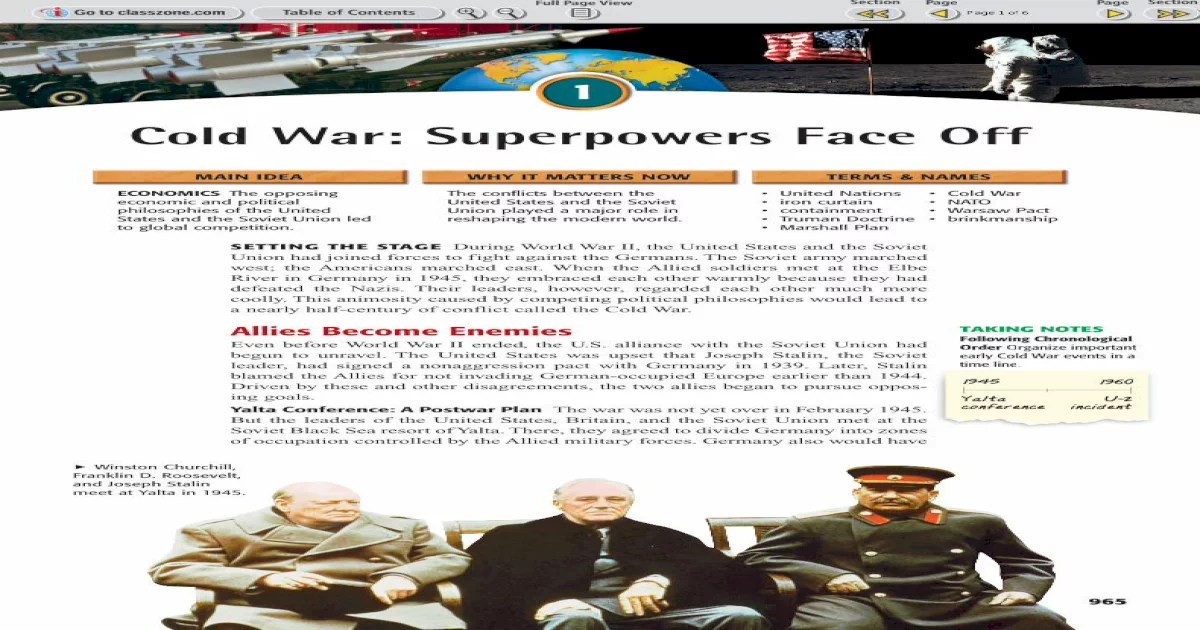
Proxy wars and regional conflicts were a major feature of the Cold War, as the superpowers sought to expand their influence and weaken their rivals without engaging in direct military confrontation. These conflicts often involved local factions or governments backed by one or both superpowers, leading to prolonged and bloody struggles that destabilized entire regions.
Korean War
- Fought from 1950 to 1953 between North Korea (backed by the Soviet Union and China) and South Korea (backed by the United States).
- Escalated tensions between the superpowers and brought the world to the brink of nuclear war.
Vietnam War
- Fought from 1955 to 1975 between North Vietnam (backed by the Soviet Union and China) and South Vietnam (backed by the United States).
- One of the longest and most destructive conflicts of the Cold War, causing widespread devastation and loss of life.
Afghan-Soviet War
- Fought from 1979 to 1989 between the Soviet Union and the Afghan mujahideen (backed by the United States and other Western powers).
- A major turning point in the Cold War, contributing to the collapse of the Soviet Union.
Diplomacy and Negotiations: Cold War Superpowers Face Off
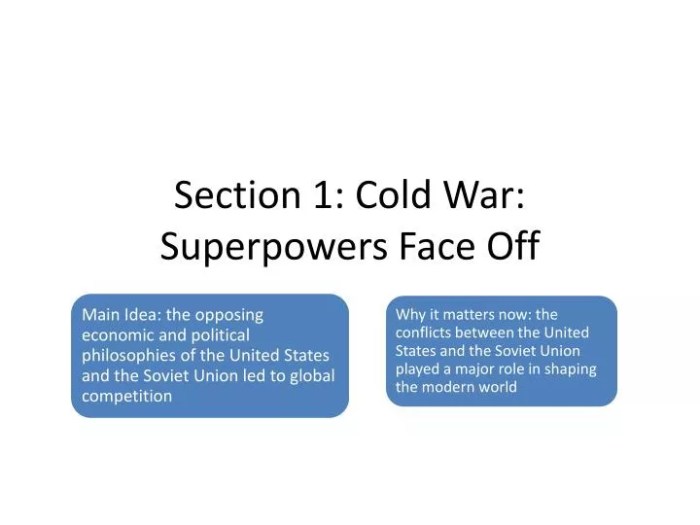
The Cold War was a period of intense rivalry and tension between the United States and the Soviet Union. Despite the ideological differences and nuclear standoff, both superpowers engaged in diplomatic initiatives and negotiations to ease tensions and prevent nuclear war.One
of the key diplomatic efforts was the Geneva Conference of 1955, which aimed to reduce tensions between the East and West. The conference resulted in the signing of the Austrian State Treaty, which restored Austria’s independence and neutrality.Another significant diplomatic initiative was the Helsinki Accords of 1975, which aimed to improve relations between the Soviet Union and Western countries.
The accords established principles for cooperation, security, and human rights.Despite these diplomatic efforts, the Cold War remained a period of intense rivalry and suspicion. The United States and the Soviet Union continued to compete for global influence and engaged in proxy wars in various parts of the world.
Nuclear Arms Negotiations
A critical aspect of diplomacy during the Cold War was the negotiation of nuclear arms control treaties. The first major treaty was the Strategic Arms Limitation Treaty (SALT I) signed in 1972, which limited the number of nuclear missiles and bombers that the United States and the Soviet Union could possess.Subsequent
SALT treaties and the Intermediate-Range Nuclear Forces (INF) Treaty further reduced nuclear arsenals and banned the development and deployment of certain types of nuclear weapons. These treaties played a crucial role in reducing the risk of nuclear war and paved the way for further arms control agreements.
Cultural and Social Impact
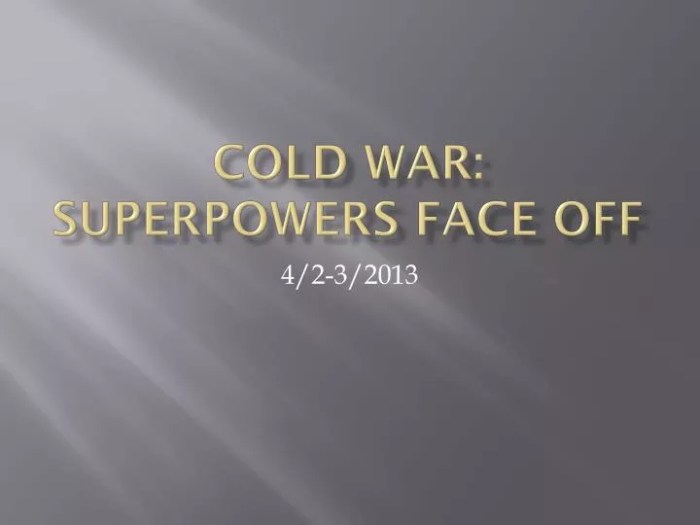
The Cold War significantly influenced global culture, propaganda, and social movements. It fostered a sense of fear, distrust, and division, shaping perceptions and values worldwide.
Propaganda and Popular Culture
Propaganda played a crucial role in shaping public opinion. Governments and media outlets disseminated messages glorifying their own ideologies and vilifying their opponents. Popular culture, including films, music, and literature, reflected the tensions and anxieties of the time, often portraying the conflict in simplistic terms of good versus evil.
Social Movements and Ideologies
The Cold War polarized global ideologies, giving rise to social movements advocating for peace, nuclear disarmament, and civil rights. The conflict also spurred the growth of counterculture movements, challenging traditional values and social norms.
Global Perceptions and Values
The Cold War created a bipolar world, dividing nations into two distinct camps. It fostered a climate of fear and suspicion, shaping global perceptions of threat and security. The conflict also highlighted the importance of diplomacy and negotiation in resolving international disputes.
Legacy and Consequences
The Cold War culminated in the fall of the Berlin Wall in 1989 and the dissolution of the Soviet Union in 1991, marking the end of a protracted period of geopolitical tension.
The long-term consequences of the Cold War are multifaceted and continue to shape international relations today.
Nuclear Proliferation
The arms race between the superpowers led to the development and stockpiling of nuclear weapons, raising concerns about the potential for nuclear war and its devastating consequences.
Despite efforts to control nuclear proliferation, the threat of nuclear weapons remains a major concern, particularly in the context of regional conflicts and the rise of non-state actors.
Detailed FAQs
What were the main causes of the Cold War?
The main causes of the Cold War were the ideological differences between the United States and the Soviet Union, the post-World War II division of Europe, and the rise of nuclear weapons.
What were the key events of the Cold War?
The key events of the Cold War include the Berlin Blockade, the Korean War, the Cuban Missile Crisis, and the Vietnam War.
How did the Cold War end?
The Cold War ended in 1991 with the collapse of the Soviet Union.

